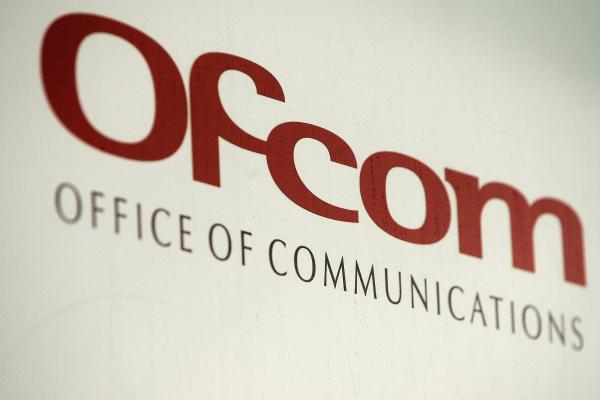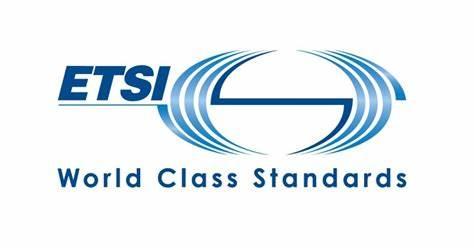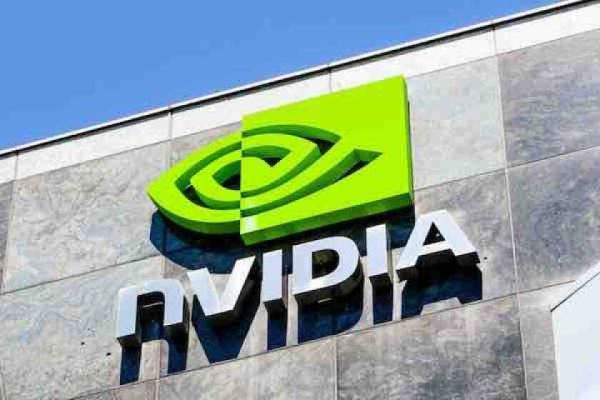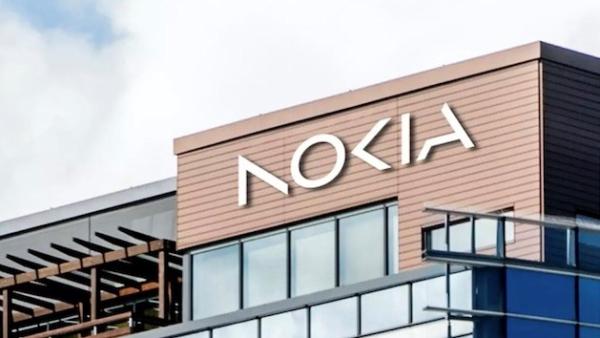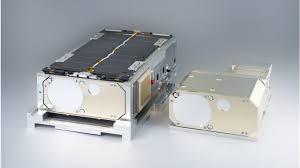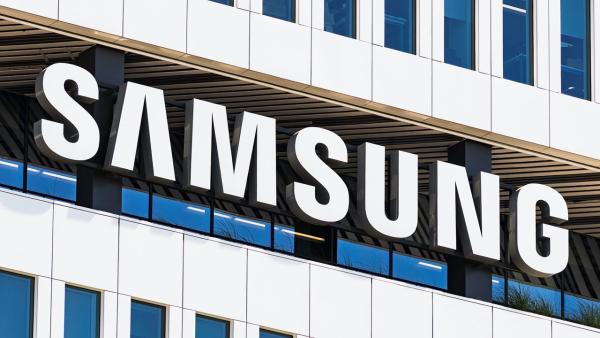
To ensure that SMEs have a front-row seat to telecoms standards making, our Standards Champion, Andy Reid, attends key standards meetings to observe, participate in conversations and report back on key themes and discussion points.
Here, Reid shares his reflections on the recent ECOC event in Frankfurt.
What is the European Conference on Optical Communication (ECOC)?
ECOC, held every autumn in Europe, is one of the two primary conferences on optical communication and photonics (the other being the Optical Fiber Communication Conference (OFC) which meets every spring in the US), and is where the latest ideas, developments, and test results are presented and discussed. As standards for optical communication are strongly driven by the development of optical devices, the next generation of standards are largely determined by what is presented and discussed here. Indeed, there is a close working relationship between ECOC and both ITU-T SG15 and IEEE802.3 - the main optical interface standards bodies - and there is a significant overlap in participation.
ECOC 2024 included something of a celebration as this was the 50th meeting and underlined how far and how fast the technology has developed, and the extent to which the UK has been at the forefront.
What does ECOC cover?
The range of technology areas and application areas is now vast. The following is a brief attempt to set out this breadth.
- Technology areas
- Optical semiconductors and integration with digital signal processing
- Co-packaged optics
- 2D optical interfacing from chips
- Low-cost coherent optics for PON system – “coherent lite”
- Increasing symbol rates (>200Gbaud) and spectral efficiency
- Multiband systems
- Optical switching
- Hollow core and multicore fibre (both coupled and uncoupled mode)
- Free space optics
- Sensing
- Application areas
- Within chip/package networking
- Data centre networking
- Core networks
- Fixed access networks
- Mobile fronthaul/midhaul/backhaul
- Submarine systems
- Terrestrial free space optics
- Inter satellite communications
What were the hot topics and emerging trends?
Data centres are in the driving seat
While data centre networking has always been big, the rise of AI large language models like ChatGPT has introduced a whole new gear change. Beyond the sheer scale of the processing, processors are increasingly ‘I/O bound’ meaning that getting bits on and off the chips and interconnecting them is the key bottleneck.
As a result, data centres are driving lots of optics innovation and they offer very high volumes to suppliers. This means that cost effective telecoms solutions are likely to leverage and adapt these data centre innovations.
This is also driving convergence between compute and telecoms hardware.
Co-packaged optics (CPO) versus pluggables
It is increasingly possible to put the optics elements in the same package as the silicon compute elements, but is this desirable? This was a widely debated topic. In broad summary, while there are benefits in co-packaging, there are commercial and operational benefits to the independent supply enabled by pluggables, and for the moment, the electrical interface between the two is not a major bottleneck.
This suggests that CPO is more likely to emerge inside proprietary systems where optical interworking can be handled within the one enterprise, and over shorter distances where interoperable optics are easier to achieve.
However, it was felt that in the longer term, 2D optical interfacing to chips - rather than 2D electrical interfacing - has the potential to cause a fundamental disruption to the way compute and telecoms systems are architected and built.
Will the next generation of PON be coherent?
ITU-T SG15 has just finished standardising the latest generation of passive optical network (PON) based 50Gbit/s optical technology, and still uses simple intensity modulation and direct detection (IM-DD). Given that 10Gbit/s is the current preferred technology, this 50Gbit/s technology will be useable for some considerable time. However, there is still the question of what comes next.
As a PON customer premises box (the ONU – Optical Network Unit) is deployed into each consumer’s home, its cost is critical. There was extensive discussion on whether the next generation of PON – dubbed very high speed (VHS) PON by ITU-T SG15 – should continue to be based on IM-DD or whether now is the time to switch to coherent modulation. On the one hand, it was widely agreed that a next generation at >200Gbit/s would be pushing the technical capability of IM-DD considerably. However, it was not at all clear that coherent could be cheap enough. One particular suggestion was ‘coherent lite’ (no doubt the pun is intended!) which could make simplifying assumptions about the access environment to reduce the coherent DSP processing requirements.
If you have a good solution to making coherent very cheap, this could be a very fruitful area in the medium term.
Optical networking is moving to fast-switched SDM
This is an inevitable consequence of the ever-increasing baud rates achieved on optical carriers. Given the bandwidth of erbium doped fibre amplifiers (EDFAs) is essentially fixed, the higher the baud rates achieved, the fewer the wavelength division multiplexing (WDM) channels that can fit in the EDFA bandwidth window. If this trend continues, and there seems no reason to believe it won’t, then the value of WDM multiplexing may disappear for systems using EDFAs.
So, there was a lot of discussion about space division multiplexing (SDM) switching between fibres (and between cores of multi-core fibres) as an evolution away from current rearrangeable optical add/drop multiplexers (ROADMs) based on WDM and arrayed wavelength grating filters (AWGs). While micro electro-mechanical switches (MEMS) are available in useful sized arrays (e.g. 1024x1024), have good optical transparency, and are now in fairly widespread use, they have relatively slow switching times and limited repetitions.
The two key questions that remain very much open and the subject of much discussion are:
- What non-mechanical switch technology will emerge capable of large switching arrays, good optical transparency, and suitably low cost?
- What overall switch architectures can work effectively for a) data centres and b) telecoms networks, and what switching properties do they require?
HCF and MCF are maturing
As our ability to exploit existing single mode fibre (which has been around for 40 years or so) is reaching the limits of the laws of physics, there is growing interest in the new forms of fibre, in particular, multi-core fibre (MCF) and more hollow core fibre (HCF).
The sheer volume of current fibre makes any general move away a long-term project, meaning these new fibre types are most likely to start in particular niche markets. MCF is well suited to submarine systems and the general view of most papers was that MCF has a significant role to play (indeed, a first system leg using two core fibre is already in planning).
HCF is at an earlier stage of development but is potentially more radical with greatly improved power handling and linearity, reduced latency, and reduced loss. Papers were reporting fibre losses below the theoretical minimum of standard fibre and many papers discussing and working through the practical issues needed to make HCF a usable technology.

